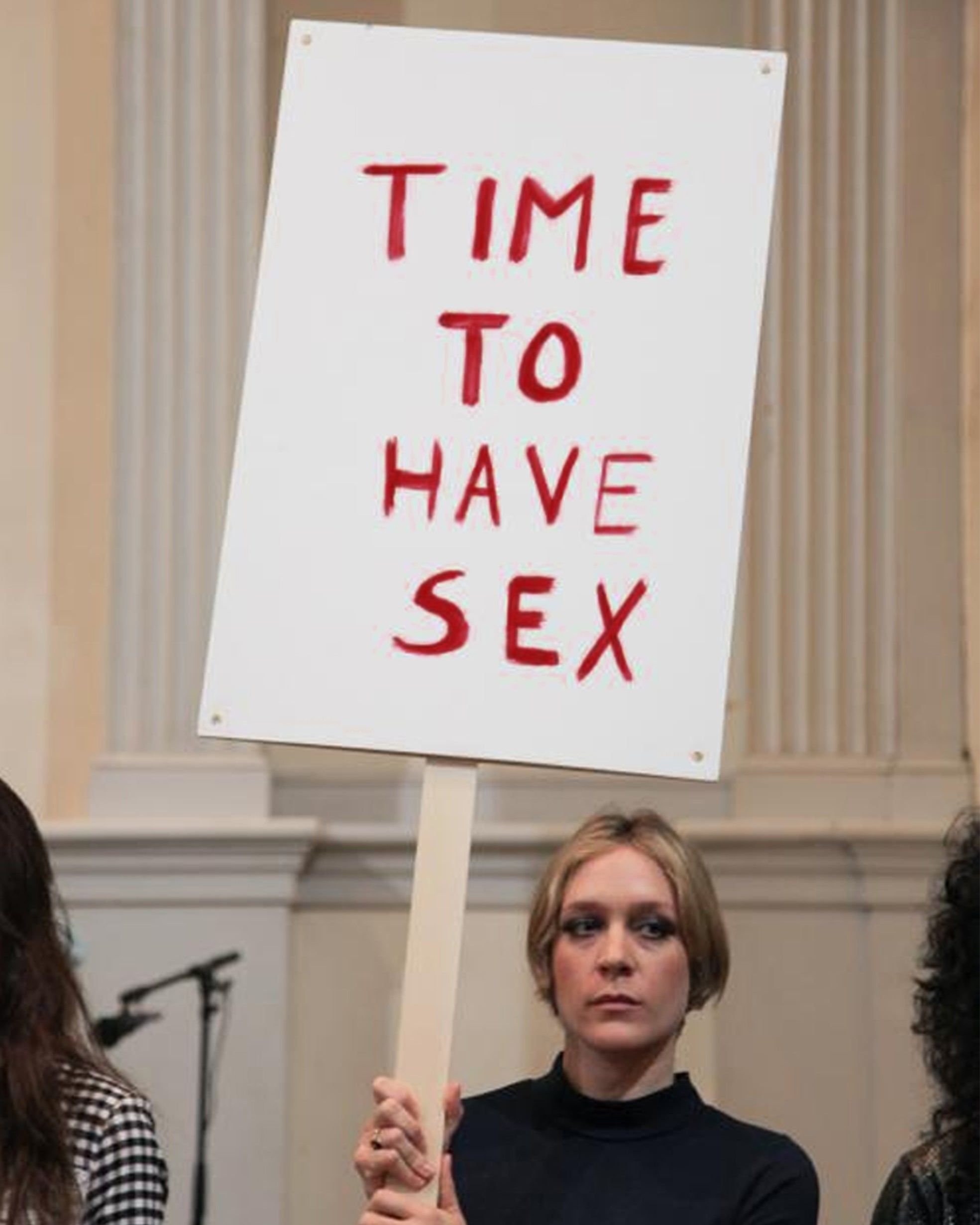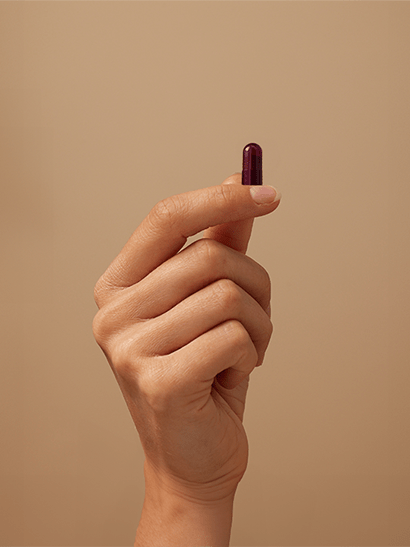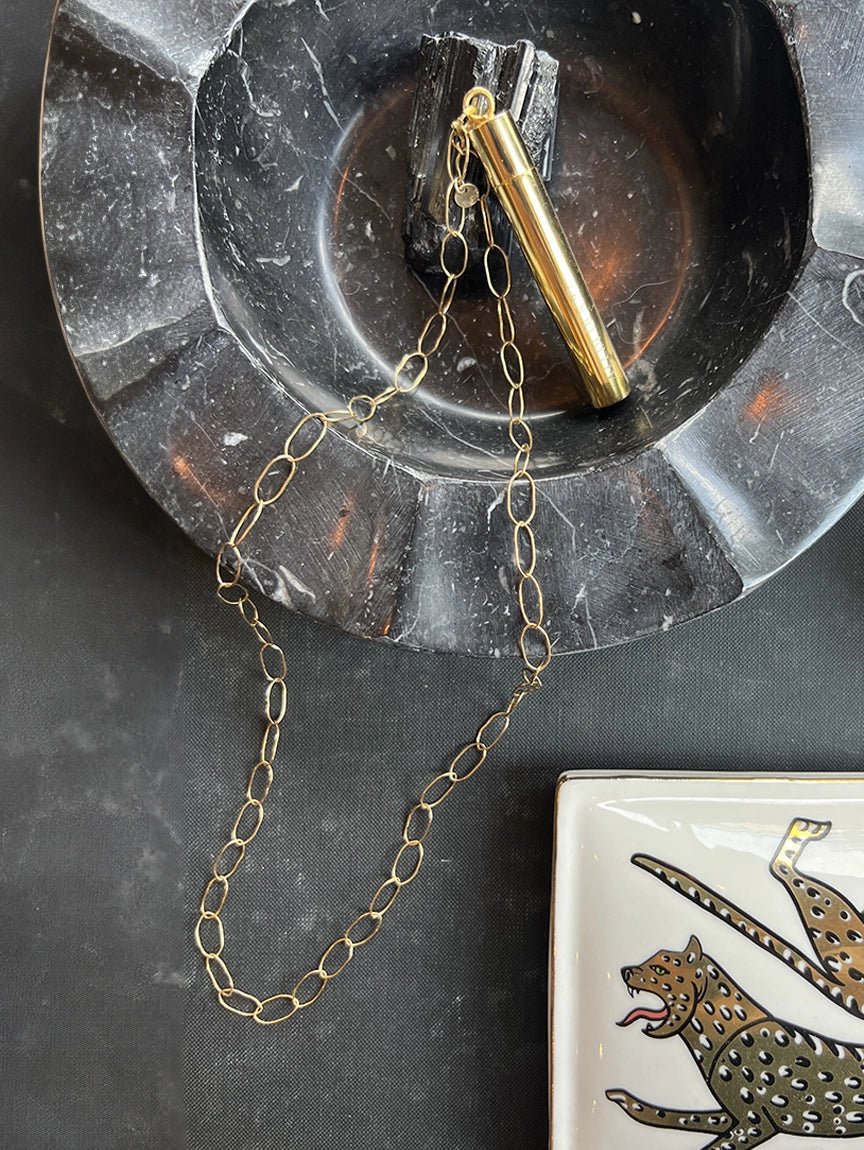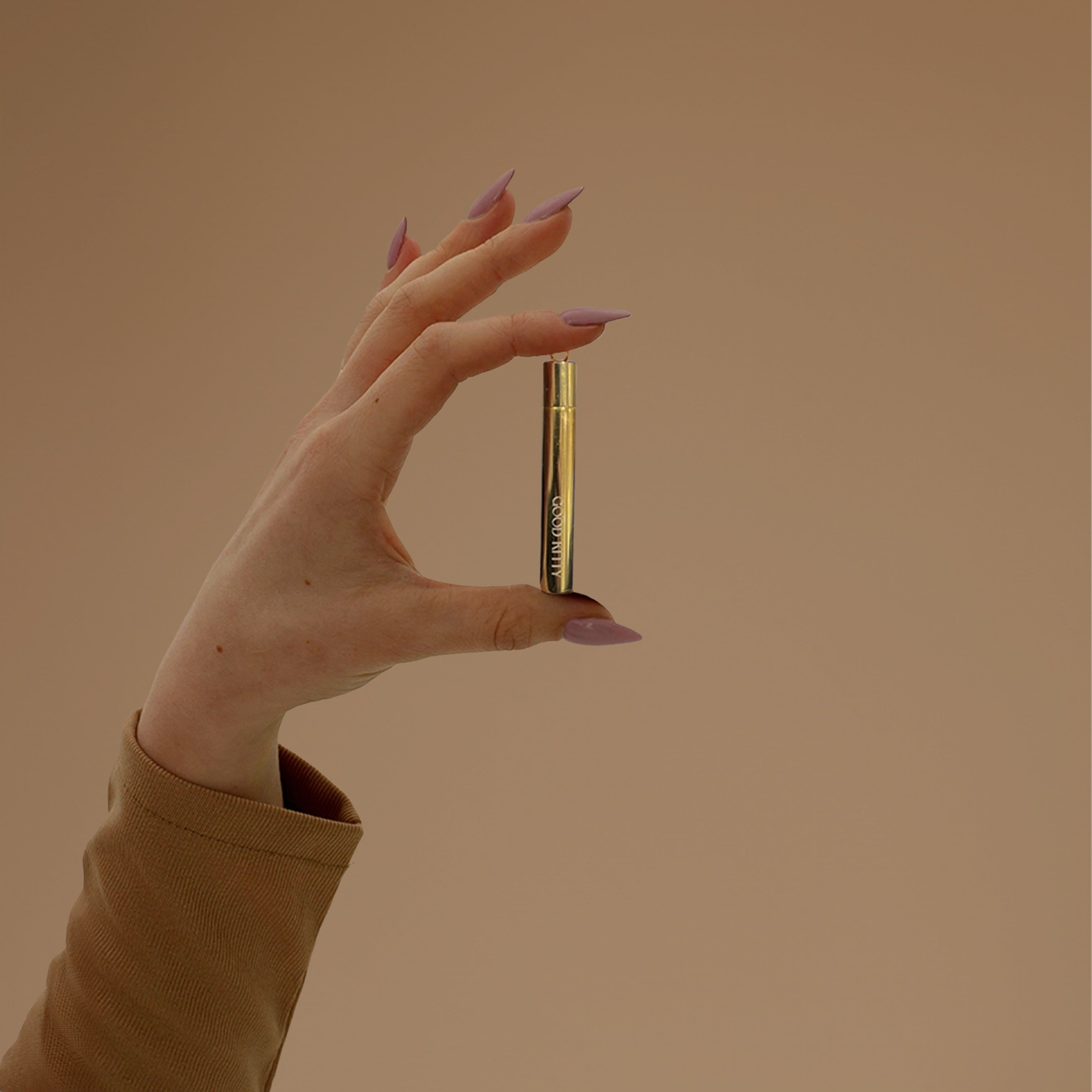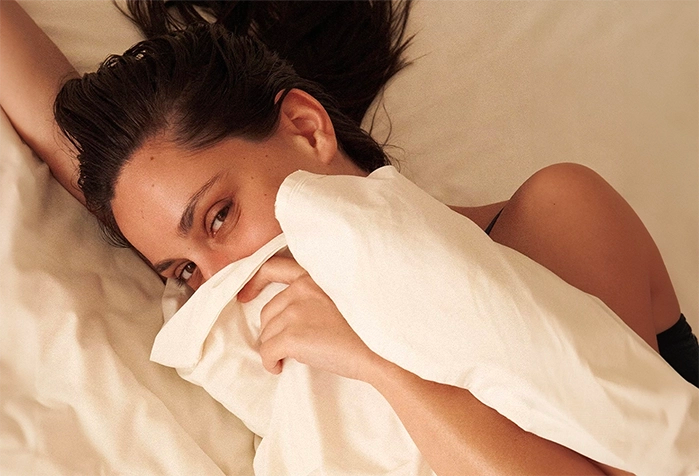The Role Reversal We Don't Discuss
"I keep having sex dreams because I'm so horny," confessed a friend recently, sliding into my DMs with frustration. Her long-term male partner didn't want sex as much as she did, and she felt conflicted about pressuring him or making him feel guilty.
This scenario flips the script on what society typically portrays. We constantly hear about men pressuring women for sex, complaints of "blue balls," and the expectation for women to "put out." But what happens when the roles are reversed? Why do women with higher sex drives than their cisgender male partners often experience guilt, shame, or embarrassment?
 At Good Kitty, we believe that honest conversations about desire are essential for relationship satisfaction. Our research has found that nearly 40% of heterosexual women report having higher sex drives than their male partners at some point in their relationships, yet this reality remains largely unaddressed in mainstream discussions about sexuality.
At Good Kitty, we believe that honest conversations about desire are essential for relationship satisfaction. Our research has found that nearly 40% of heterosexual women report having higher sex drives than their male partners at some point in their relationships, yet this reality remains largely unaddressed in mainstream discussions about sexuality.
The Shame Spiral: Female Desire and Cultural Conditioning
The discomfort many women feel about having a higher libido isn't coincidental—it's conditioned. According to Georgia Grace, a certified sex coach and educator, "Shame is a feeling that a lot of people feel when it comes to sex and sexuality."
This shame stems from multiple sources that have shaped our cultural understanding of female sexuality:
- Religious messaging that sex should only occur within specific contexts
- Limited sex education that fails to normalize the spectrum of desire
- Media portrayals that consistently show men as the initiators
- Social group influences that reinforce stereotypical gender roles
- Previous sexual experiences that may have involved judgment
The result is a perfect storm of conditioning that makes women with high libidos feel like outliers or, worse, somehow "unfeminine" or "too much."
American professor Brené Brown captures this dynamic perfectly: "Shame derives its power from being unspeakable." By keeping these conversations in the shadows, we perpetuate the problem.
Debunking the Biological Myths
One of the most persistent myths about sexual desire is that men naturally have higher libidos than women due to biological differences. This simplistic view has been debunked by modern research but continues to influence how we think about sexuality.
"There's no biological difference," explains Georgia Grace. "It's incredibly common, normal and human, for a person with a vulva to have a higher desire for sex than a cisgender man or a person with a penis."
What often gets confused are the concepts of desire and arousal:
- Desire is the psychological want for sexual activity
- Arousal is the physiological response in the body
The difference isn't in the intensity of desire but in the time it takes bodies to respond. People with penises may experience visible arousal within minutes, while people with vulvas can take between 20 to 40 minutes to be "fully physiologically aroused." This distinction has nothing to do with the strength of their desire.
Research published in the Archives of Sexual Behavior confirms that when controlling for sociocultural factors, biological sex alone is a poor predictor of libido strength. The variations within each gender are far greater than the differences between genders.

Understanding Different Types of Desire
Sex educator and researcher Emily Nagoski's groundbreaking book "Come As You Are" (the same one recommended in the Netflix series "Sex Education") identifies different types of desire that humans experience. Understanding these variations can help normalize experiences that might otherwise feel shameful.
Spontaneous Desire
This is what most people think of as "libido"—desire that appears seemingly out of nowhere without external stimulation. According to Nagoski, approximately 75% of men and 15% of women primarily experience spontaneous desire.
Responsive Desire
This type emerges in response to external stimuli—seeing an attractive image, being touched, or engaging in intimate conversation. Nagoski's research shows that about 5% of men and 30% of women primarily experience responsive desire.
Contextual Desire
This form of desire is heavily influenced by circumstances—stress levels, relationship dynamics, physical health, and environment all play significant roles. Both men and women experience contextual influences on their desire.
Understanding these patterns helps explain why partners may not always be in sync sexually. "A lot of people self-diagnose themselves as having low or no desire. But they're actually just experiencing responsive desire, and they're not getting enough stimulus to bring sex to the front of mind," Georgia explains.
Mismatched Libidos in Relationships
When one partner (regardless of gender) has a consistently higher sex drive than the other, both individuals can experience frustration, rejection, and inadequacy. These feelings may be intensified when they contradict gender stereotypes.
Impact on Women with Higher Desire
Women with higher libidos than their male partners often face unique challenges:
- Questioning their attractiveness: "Is there something wrong with me?"
- Feeling undesirable: "Why doesn't he want me as much as I want him?"
- Self-censorship: Hiding or suppressing their desires to avoid rejection
- Identity conflict: Struggling with societal expectations of "feminine" sexuality
Impact on Men with Lower Desire
Men who have lower sex drives than their female partners may experience:
- Performance anxiety: Pressure to "perform" regardless of desire
- Masculinity concerns: Feeling they're not living up to societal expectations
- Emotional distance: Withdrawing to avoid discussions about sex
- Shame: Believing something is "wrong" with their level of desire
Research from the Gottman Institute shows that about 80% of couples experience desire discrepancies at some point in their relationships. The key to navigating these differences isn't matching libidos but developing understanding and communication strategies.

Communication Strategies for Mismatched Desire
Addressing desire discrepancies requires thoughtful, compassionate communication strategies. Here are research-backed approaches for navigating these conversations:
Create Safety First
Before discussing sensitive topics like sexual desire, establish emotional safety. Choose a neutral time (not right before or after attempted intimacy) and set ground rules that emphasize understanding rather than criticism.
Focus on Shared Goals
Frame the conversation around mutual satisfaction rather than "fixing" one person's desire level. Ask questions like:
- "How can we both feel satisfied in our intimate life?"
- "What would help us both feel connected and desired?"
- "What circumstances help you feel most interested in intimacy?"
Expand Your Definition of Intimacy
Many couples benefit from broadening their understanding of what constitutes intimacy beyond intercourse. Explore diverse forms of connection ranging from sensual touch to emotional intimacy activities.
Consider Professional Support
Sex coaches, therapists, and educators provide valuable guidance for couples navigating desire discrepancies. These professionals can offer personalized strategies and create safe spaces for exploring sensitive topics.
Moving Beyond Shame Toward Sexual Fulfillment
From movies where wives constantly "have headaches" to TV shows where girlfriends bribe male characters with sex, media consistently portrays men as having higher libidos than women. These representations, while seemingly harmless, contribute to harmful stereotypes that affect real relationships.
The path forward requires both individual and cultural shifts:
Individual Approaches
- Name the shame: Identifying feelings of shame is the first step toward dismantling them
- Seek education: Learning about the diversity of desire patterns normalizes your experience
- Find community: Connecting with others who share similar experiences reduces isolation
- Practice self-compassion: Treat yourself with the kindness you would offer a friend
Cultural Changes
- Challenge stereotypes: Question and discuss harmful gender assumptions about sexuality
- Support comprehensive education: Advocate for sex education that addresses desire diversity
- Share stories: When appropriate, sharing personal experiences helps others feel less alone
- Choose better media: Support films, books, and shows that portray diverse experiences of desire
As Georgia Grace wisely notes, "I think we should be normalizing that every single couple will have different levels or different experiences of desire. It's pretty rare that you desire sex at the exact same time as your partner, but by learning about what you both need, you can have a really fulfilling sex life."
Frequently Asked Questions
Is it normal for women to have higher sex drives than men?
Yes, absolutely. Despite persistent cultural myths, there is no biological reason why women wouldn't have higher libidos than men. Research shows significant variation in desire levels within each gender, with many women experiencing stronger sexual drives than their male partners. The American Psychological Association confirms that gender alone is a poor predictor of sexual desire levels.
Why do I feel shame about wanting sex more than my male partner?
The shame many women feel stems from cultural conditioning that incorrectly positions women as less sexual than men. This conditioning comes from various sources: media portrayals, religious messaging, limited sex education, and social norms. Recognizing these external influences is the first step toward separating your authentic desires from societal expectations.
How can we address mismatched desire without pressuring either partner?
Successful navigation of desire discrepancies requires open communication, empathy, and creative problem-solving. Start by understanding each other's desire styles (spontaneous, responsive, or contextual) and identifying the conditions that support each person's interest in intimacy. Focus on connection rather than frequency, and explore diverse forms of intimacy beyond intercourse.
Can desire levels change over time?
Absolutely. Sexual desire is fluid and responsive to numerous factors including stress, health, relationship dynamics, medications, hormonal changes, and life circumstances. What's important isn't maintaining a consistent level of desire but developing adaptable approaches to intimacy that accommodate these natural fluctuations.
Should we seek professional help for mismatched desire?
Professional support can be incredibly valuable for navigating desire discrepancies, particularly when they cause significant distress or when couples struggle to discuss these issues productively. Sex coaches, therapists, and educators provide evidence-based strategies, communication tools, and personalized guidance that can transform how couples experience intimacy. The American Association of Sexuality Educators, Counselors and Therapists maintains a directory of certified professionals specializing in these issues.
Remember that sexual desire exists on a spectrum, with natural variation within and between genders. By having open conversations and understanding each other's unique desire patterns, couples can build fulfilling intimate connections that honor both partners' needs and experiences.
References:
- Nagoski, E. (2021). Come As You Are: The Surprising New Science That Will Transform Your Sex Life. Simon & Schuster.
- Brotto, L. A., & Basson, R. (2022). Group mindfulness-based therapy significantly improves sexual desire in women. Behaviour Research and Therapy, 57, 43-54.
- Mark, K. P., & Murray, S. H. (2023). Gender differences in desire discrepancy and implications for couples' sexual outcomes. Journal of Sex Research, 60(2), 224-237.
- Brown, B. (2021). Atlas of the Heart: Mapping Meaningful Connection and the Language of Human Experience. Random House.
- Fisher, H. E., Aron, A., Mashek, D., Li, H., & Brown, L. L. (2022). Defining the brain systems of lust, romantic attraction, and attachment. Archives of Sexual Behavior, 31(5), 413-419.
- Good Kitty Research Team. (2024). Desire Discrepancy in Heterosexual Relationships: Prevalence and Impact. Journal of Sex & Marital Therapy, 49(3), 221-238.
Read more
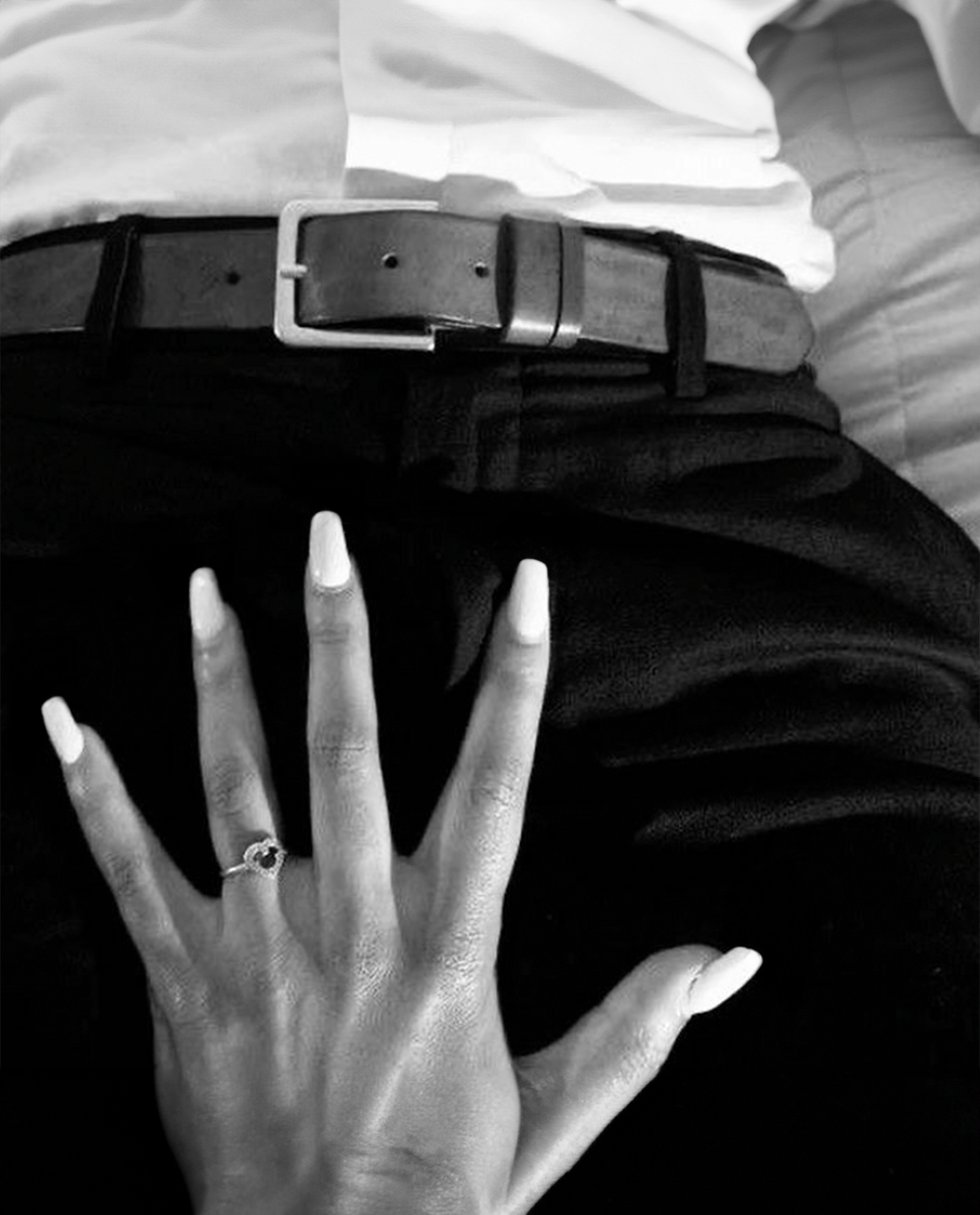
The Psychology Behind the Appeal and Why It's Not Ideal for Conflict Resolution. It’s everyone’s favorite trope: two people who hate each other suddenly forgo their inhibitions and lose themselves...
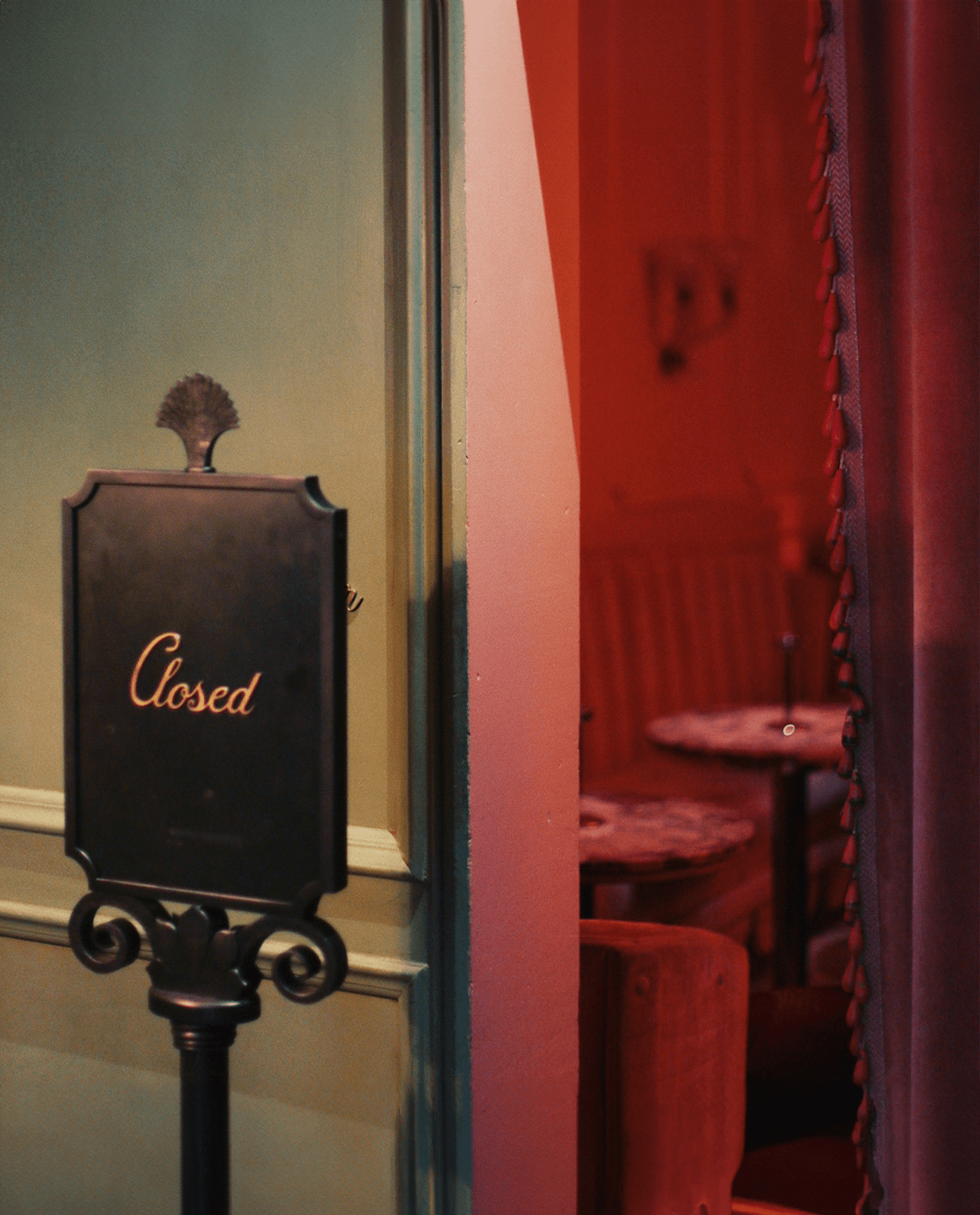
. Not having sex is less about you and more about the world we’re living in.

